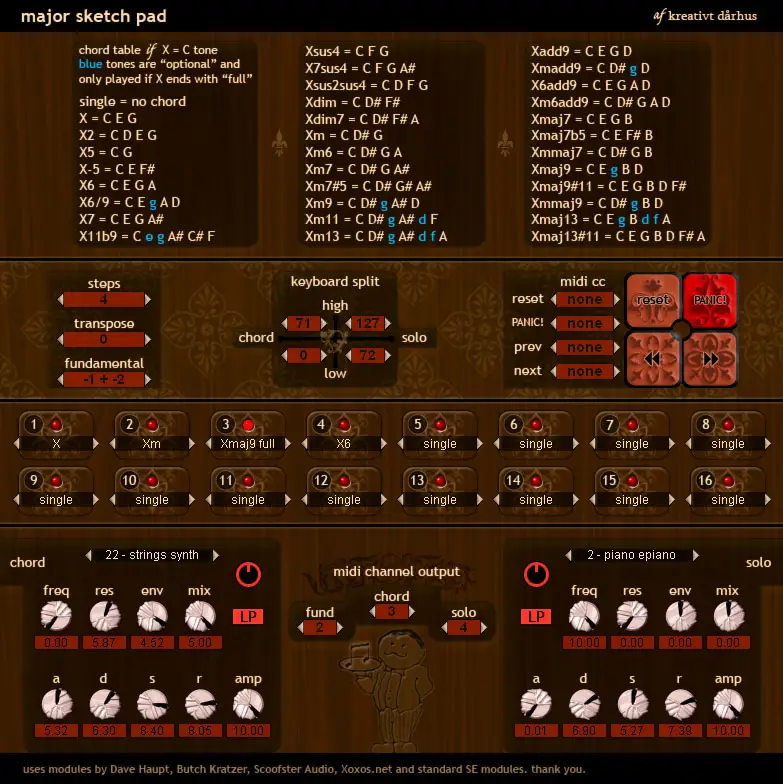
#Stepchild is a vst step sequencer software#
Midi clips in session view offer a fully featured approach to step sequencing that requires minimal setup and no additional software or hardware.
#Stepchild is a vst step sequencer download#
Step sequencer software free download step sequencer. Why cyclical stocks outpace defensive stocks portfolio. The software is available free of cost for download and use. Monoplugs bstep sequencer software facebook 19 photos. Available as vst, audio units or standalone program. This includes 16 velocity sensitive pads like the original. Midi sequencereditor with score, keyboard, guitar, drum and controller views. B step sequencer is a multitrack software midi step sequencer that is available as either a standalone application or in audio plugin format vst and audio units. Includes virtually all major functions from the hardware m185, and adds many new ones specific to the software version. Some even use step sequencers as ‘on-the-fly’ recording in front of an audience, not only on stage but perhaps outside for a creative and fun show.Bstep sequencer is a multitrack software midi step sequencer that is available as either a standalone application or in audio plugin format vst and audio units. Nevertheless many producers today prefer step sequencers not only for their production setup but when performing on stage as well. Music software nowadays can essentially edit your ‘steps’ to a beat in a more advanced, user-friendly manner. Especially with old school drum machines, synthesizers and other means to a hardware and analog setup before computers were big in the music production industry. Sequencers were very popular back in the day. However, the step sequencer still remains an important modulator source for creating rhythmically pulsed effects in your sounds. It is also increasingly common to create more complex rhythms than just eight and sixteen notes, especially for complete pieces of music. Some even allow you to create several measures worth of pulses. Many step sequencers now provide more than sixteen steps. Additionally, by adjusting the gate time or duration of the steps create longer or shorter note values. You can also activate and deactivate individual steps. Step sequencers, by contrast, not only sync the tempo but allow you to determine the exact output level of every step.


Whereas the sample-and-hold oscillator can usually synchronize its stepped output to a tempo or rhythm, the output levels of steps are random and non-repeating. The step sequencer offers a type of modulation source similar to the output of a sample-and-hold LFO. You can assign these Individual rows to different destinations, producing layered patterns within the sets of steps. Many step sequencers also have several rows of controls for each step.

The typical step sequencer has a set of controls that allow the user to control the speed at which the sequencer goes thru the steps, determine how many steps are used (up to the maximum available), choose which steps are active or inactive, set the control voltage and duration (gate time) for every step, and assign the output to a synthesizer element. You can use them to control oscillator frequency (pitch), amplitude, and a filter cutoff. Today, you can assign the output of a step sequencer to almost any function on a synthesizer. Practical application grew to include such things as triggering synthesized drum sounds (often called “pattern sequencers”), modulating the amplitudes of sounds and controlling the cutoff and center frequency of audio filters. If you sustained a single note while the step sequencer was active, the changing voltage, when assigned to the frequency of an oscillator, would produce a repeating sequence of changing pitches. The output of the signal could be sent to some other synthesizer module, such as an oscillator or audio filter.

They produced a limited number of control signals in a steady, pulsed sequence that kept repeating until deactivated. Step sequencers were originally hardware modules.


 0 kommentar(er)
0 kommentar(er)
